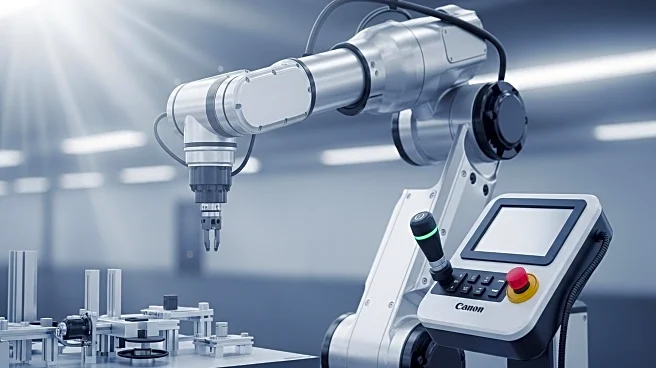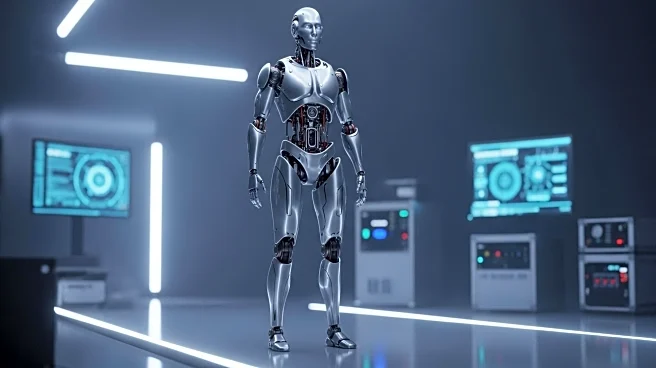What is the story about?
What's Happening?
The IEEE Humanoid Study Group has published a framework for developing standards for humanoid robots, focusing on their safe and effective deployment across various applications. The framework addresses classification, stability, and human-robot interaction, aiming to coordinate efforts among Standards Development Organizations (SDOs). The classification defines humanoid robots' physical capabilities, behavioral complexity, and application domains. Stability metrics and safety standards are tailored to actively balancing robots, while human-robot interaction guidelines ensure safe and trustworthy interactions. The working group, led by Aaron Prather from ASTM International, consisted of over 60 individuals who researched the market and debated the output. The framework serves as a starting point for creating concrete standards, testing protocols, and certification pathways.
Why It's Important?
The publication of this framework is a crucial step toward establishing standards that ensure the safe integration of humanoid robots into human environments. As the technology evolves, these standards will guide the development and deployment of humanoid robots, addressing safety concerns and fostering public trust. The framework's focus on classification, stability, and interaction is vital for creating robots that can operate safely and effectively alongside humans. By providing a structured approach to standards development, the IEEE aims to support the growth of the humanoid robotics industry, potentially leading to new applications and market opportunities.
What's Next?
The framework is expected to take 18 to 36 months to develop into ratified standards. During this period, SDOs will map out individual projects, assemble teams, and work through the details. The completion of these standards will enable the safe deployment of humanoid robots in volume, potentially by 2027. Developers and investors are encouraged to fund product roadmaps and milestones through this timeline, ensuring readiness for market opportunities once standards are established.
AI Generated Content
Do you find this article useful?













